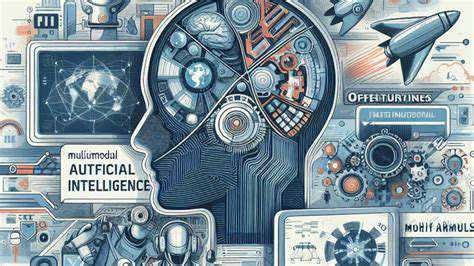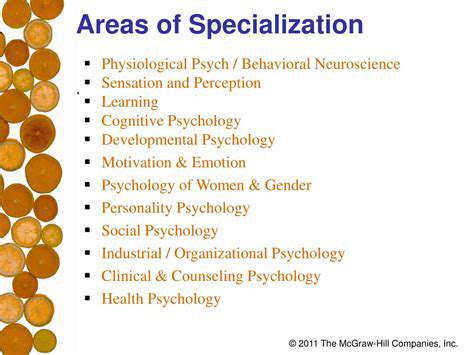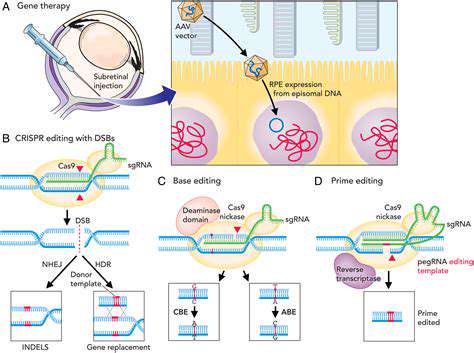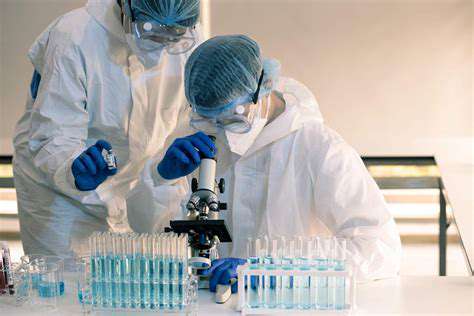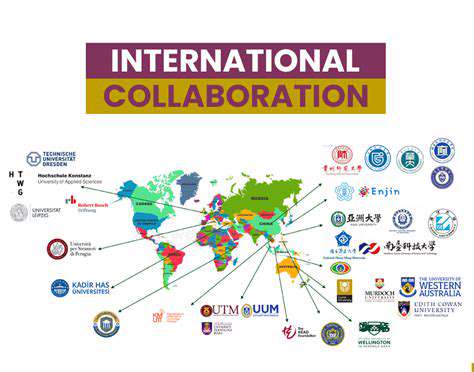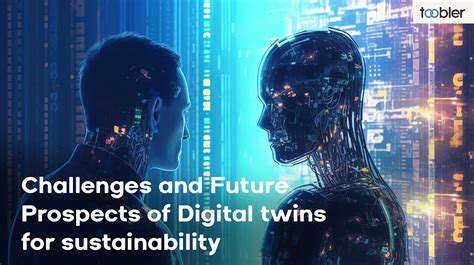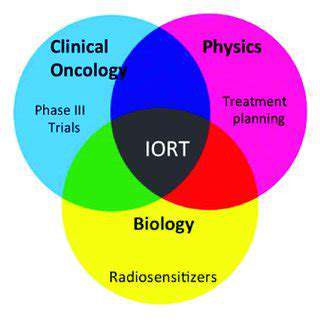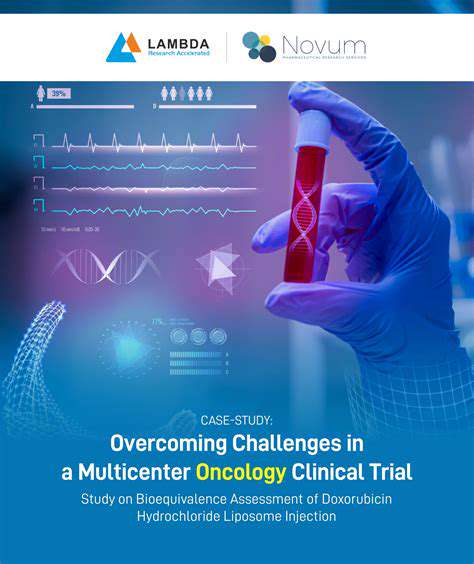Defining Synthetic Biology
Synthetic biology is an interdisciplinary field that combines engineering principles with the natural sciences, particularly biology. It focuses on designing and building novel biological components, devices, and systems, as well as re-engineering existing biological systems for practical purposes. This method utilizes our knowledge of biological systems to develop new functions and applications, akin to how an engineer designs a new machine, but using life's fundamental building blocks.
Central to synthetic biology is the capacity to manipulate DNA and other biological elements, enabling the creation of organisms with customized traits. This allows us to program cells to perform specific tasks, ranging from producing valuable chemicals to treating diseases.
The Building Blocks of Synthetic Systems
Foundational to synthetic biology are standardized biological components, similar to the standardized parts in electronic engineering. These components, including genes, promoters, and ribosome binding sites, are designed and characterized to function predictably in various cellular environments. This standardization promotes modularity and reusability in the creation of complex biological systems, speeding up research and development.
Understanding how these components interact and function together is vital. This includes grasping the regulatory mechanisms that control gene expression, cellular signaling pathways, and metabolic networks. Precise control over these processes is essential for achieving desired outcomes in synthetic biology applications.
Applications in Biotechnology
Synthetic biology has the potential to transform numerous fields, including medicine, agriculture, and industrial biotechnology. In medicine, synthetic biology tools can be used to engineer cells for drug delivery, tissue regeneration, and cancer therapy. This approach holds promise for personalized medicine, tailored to the specific needs of individual patients.
In agriculture, synthetic biology can enhance crop yields, improve nutritional value, and develop disease-resistant plants. These advancements could help address global food security challenges and improve sustainable agriculture practices. Additionally, the potential for bioremediation using synthetic biology is a promising area of research.
Ethical Considerations and Societal Impact
As synthetic biology continues to advance, it is crucial to consider the ethical implications of its applications. Questions regarding the potential risks of releasing genetically modified organisms into the environment, as well as the potential for misuse of this technology, require careful consideration and open discussion. Robust regulatory frameworks are essential for ensuring responsible development and deployment.
The societal impact of synthetic biology will be profound. The development of new therapies, improved food production, and innovative industrial processes could significantly alter our lives. However, these changes necessitate careful consideration of their potential impacts on various sectors of society and equitable distribution of benefits.
Engineered Microbial Factories
Synthetic biology enables the engineering of microbial organisms into factories that produce valuable products. This involves modifying the genetic makeup of microorganisms, such as bacteria or yeast, to produce specific compounds, such as biofuels, pharmaceuticals, or industrial chemicals, with increased efficiency and reduced environmental impact compared to traditional methods.
From Theory to Practice: Designing and Implementing Synthetic Systems
The process of creating synthetic biological systems involves several key steps, from initial design and modeling to the actual construction and testing of the system. Computational modeling plays a crucial role in predicting the behavior of complex biological systems before they are physically built. Robust experimental validation is essential to ensure the functionality and reliability of the designed system.
Collaboration between researchers from different disciplines, including engineers, biologists, and computer scientists, is vital for navigating the complexities of designing and implementing these systems. This interdisciplinary approach fosters innovation and accelerates the translation of synthetic biology research into practical applications.
Italian pasta, a cornerstone of the nation's culinary identity, boasts a rich and diverse history. From the simple, everyday spaghetti and meatballs to the elaborate creations of regional specialties, pasta dishes reflect the unique flavors and ingredients of various Italian regions. The meticulous preparation of dough, the careful selection of fresh ingredients, and the passionate culinary traditions passed down through generations all contribute to the exquisite taste and texture of Italian pasta. This deep-rooted connection to tradition is evident in the countless variations, each telling a story of Italian culture and heritage.
Ethical Considerations and Future Prospects

Data Privacy and Security
Protecting user data is paramount in any application development. Robust security measures are essential to ensure that sensitive information is not compromised. This includes implementing encryption protocols, employing secure authentication methods, and regularly auditing systems to identify and address vulnerabilities. Data breaches can have severe consequences, impacting not only user trust but also the reputation and financial stability of the organization.
Furthermore, clear and concise privacy policies are crucial. Users must understand how their data is collected, used, and protected. Transparency and user consent are essential for building trust and maintaining ethical standards. Failure to address data privacy concerns can lead to legal repercussions and damage to public perception.
Transparency and Accountability
Transparency in algorithms and decision-making processes is vital. Users should have a clear understanding of how the application operates, especially when it involves automated decision-making. This includes providing explanations for choices the application makes and allowing users to challenge or appeal those decisions if necessary. Providing a clear pathway for user feedback and addressing concerns is a critical component of ethical development.
Accountability mechanisms are equally important. There needs to be a system in place to identify and address any unethical or harmful behavior within the application. This may involve reporting mechanisms, independent audits, or other methods to ensure that the application's developers and users are held accountable for their actions.
Bias Mitigation and Fairness
Algorithmic bias can lead to unfair or discriminatory outcomes. It's crucial to identify and mitigate potential biases in the data used to train algorithms and in the design of the application itself. Careful consideration of diverse populations and potential disparities is paramount to ensuring equitable outcomes for all users.
Techniques for evaluating and addressing bias should be integrated into the development process. This includes diverse representation in the development team, and rigorous testing to identify and correct biases in the application's functionality. Regular monitoring and evaluation of the application's impact on different user groups is also essential.
Accessibility and Inclusivity
Ensuring that the application is accessible to all users, regardless of their abilities or disabilities, is a crucial ethical consideration. This includes adhering to accessibility guidelines and standards, such as WCAG, to ensure that the application can be used by people with diverse needs. Providing alternative input and output methods is essential for inclusivity.
Consideration should also be given to users with varying levels of technical proficiency. The application should be designed in a user-friendly manner, with clear instructions and intuitive interfaces. This will help ensure that a broad range of users can effectively utilize the application.
Impact on Society and Environment
The development and deployment of the application should consider the broader societal and environmental impacts. This includes examining the potential for misuse, unintended consequences, and the impact on individuals and communities. A responsible development process considers the long-term implications for users and society as a whole.
Furthermore, the environmental impact of the application's operation should be evaluated. This includes considerations of energy consumption, resource utilization, and potential for harmful emissions. Sustainable practices should be incorporated into the design and operation of the application.


